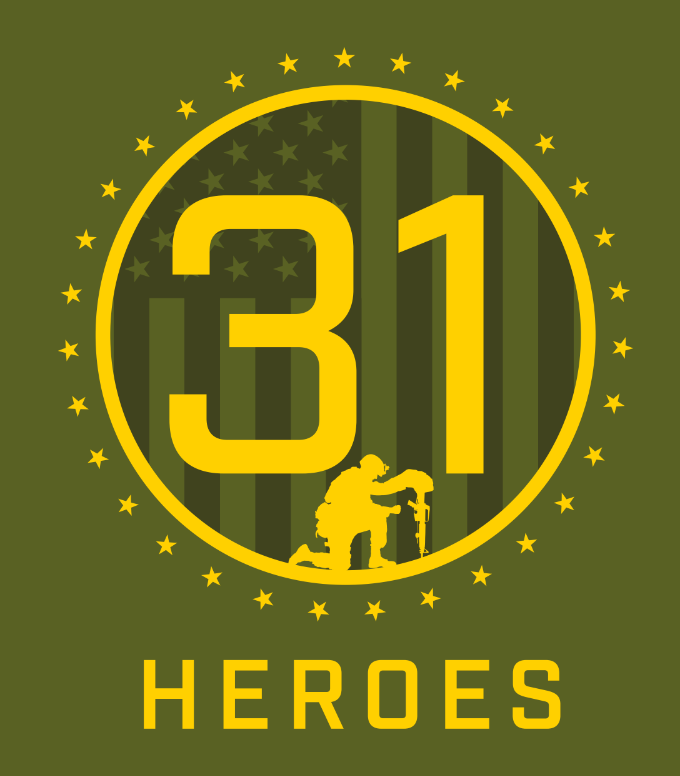Defense
Beyond knowing basic footwork and obeying rules, it is unnecessary for a youth player to learn defense until he has reached this intermediate stage. It is important for youth players to be able to catch, throw, scoop, and cradle with a short stick before they move up to using a long stick on defense.
D ‘EM UP!
Depending on the age, it is fine for a player to learn defense with a short stick. It is counterproductive to hand a young kid a long stick that he cannot even run around with. He will become frustrated and lose interest in the game. As youth defensive players get bigger and better with their stick work, they can gradually increase the length of the stick that they use. There are many different skills and concepts that defensemen have to work on that are much different than those of attackmen and midfielders. Defense is also much more of a mental game than the other positions, so having good field sense is essential to being a good defender.
Footwork
The single most important aspect of playing defense is footwork. This is also the hardest thing for coaches to teach because many youth athletes have underdeveloped balance and dexterity. Most youth players think that defense is all about checking the ball away and hitting the ball carrier with huge body checks. Rather, defense is about breaking down, staying with your man, and forcing the offense into making mistakes. Rarely, in this day and age of lacrosse, does a defender strip the ball away from the ball carrier. Sticks now are designed too tight and light, and pockets are too big for the ball to come out even if you get a good check. A defender’s job is simply to keep his man from getting a good shot off or being able to find an open man on the doorstep of the goal. To be able to run with the ball carrier, the defender must first have good footwork.
There are a number of agility drills that a coach can run his defense through. There are many books from the exercise industry that list countless activities to increase footwork. The following is a number of drills that are sport-specific to playing defense in lacrosse.
Shuffling
A footwork drill that defensemen should work at is shuffling. They should first bend their knees with their legs about shoulder width apart and get their butts low to the ground. This is much like the stance that a football linebacker gets in as the ball is about to be snapped. This stance is how a defender in lacrosse should line up against his man when he has the ball. Out of this stance, the defenders should work on shuffling side to side while keeping their shoulders square. Their feet should be pointed directly forward. They should not let their feet click together or cross over as they shuffle and they should never turn their bodies in the direction they are shuffling. Many times, whether on-ball (covering the man who has the ball) or off-ball (covering a man who does not have a ball) defensemen are going to have to shuffle.
Karaoke
Another agility drill to practice is karaoke. In this agility drill, the athlete moves horizontally by crossing his feet over and behind each other in succession. This type of running is not necessarily used in game situations, but it does increase the athlete’s agility and balance.
Backpedaling & Backward Zigzagging
Another footwork drill is backpedaling. There are many times when a defenseman needs to backpedal with the man he is covering. A final drill that is necessary for an intermediate-level defenseman to learn is backward zigzagging. This is basically shuffling and backpedaling combined. You can set up cones in a Z formation and the player shuffles back and forth to each cone. This form of agility training is probably the most important one for a youth defenseman to learn because this is how he will run with the ball carrier as he tries to go to the goal.
These are just a few different types of footwork that are most important for defensemen to learn. Many other agility drills can help a player become a better athlete. There are an infinite amount of drills that coaches can make up on their own using cones and making different courses for the player to run through changing up the type of agility throughout. For example, coaches can set up a square of cones and have the defender backpedal on one side, shuffle on another side, sprint forward on the third side, and karaoke on the last side. Finally, agility drills are good for the whole team to go through as they make youth lacrosse players better athletes. Agilities are simply the most important for defensemen.
